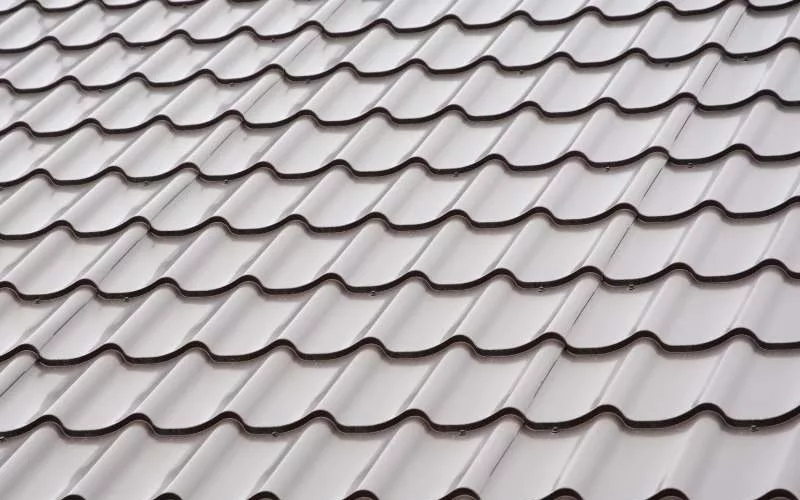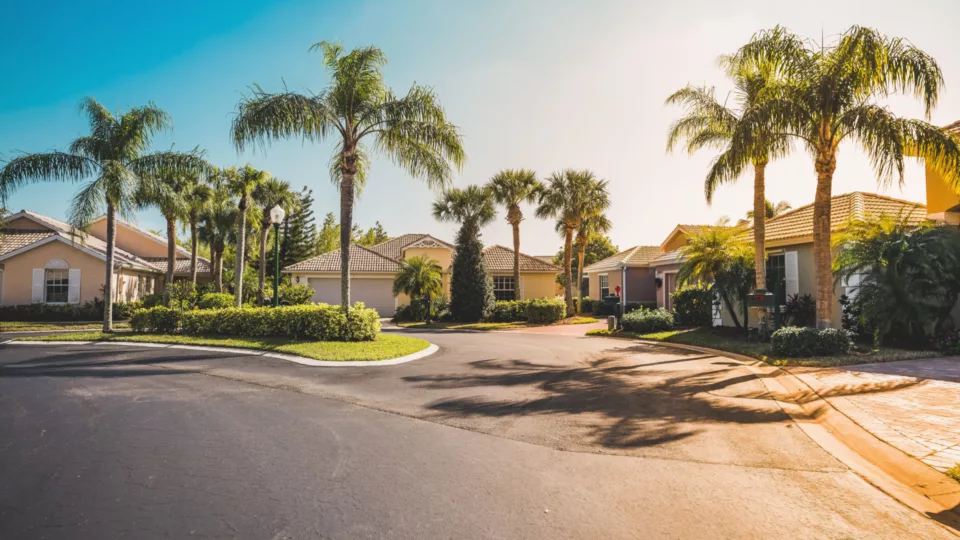In This Article
Remodeling your home with a new roof can increase its resale value, as well as boost its curb appeal. But if you’re considering installing a metal roof that can last 50 to 70 years or more, should you leave the old asphalt shingles in place?
While it is possible in some geographic regions to place a metal roof over shingles, that doesn’t mean you automatically should. The condition of your current asphalt roof will be a factor in making this decision, as well as a few other considerations. To help guide you in your decision-making, here are the pros and cons of installing metal roofing over an asphalt shingle roof, as well as four other factors to consider.
Pros
- Installing metal roofing on top of existing shingles is an environmentally friendly approach, because those asphalt shingles and underlayment will not end up in a landfill. You also save on disposal fees and labor costs.
- There’s less noise during the re-roofing process if no tear-off is involved.
- You’ll have greater insulation for your home thanks to the additional layers of roofing materials.
Cons
- At most, you may only save a few hours of labor costs since skilled roofers with effective tools, like Shingle Eaters, make quick work of removing any asphalt roof.
- If the asphalt shingles are left in place, the roofing pros won’t be able to inspect and fix roof decking, trusses and other materials for damages, mold, mildew or rot.
- Moisture can become trapped between the asphalt shingles and the metal roof system, causing mold, mildew and rot, including structural failure.
- Doing so might void the warranties of your old and new roofing systems.
So while you might save a modest amount by leaving the existing roof in place, many people have discovered in the past that the risks far outweigh the benefits. Still, today new solutions are emerging. Here are four deciding factors to help guide your choices in roofing materials.
- Review building codes in your area. Florida has some of the most stringent building codes in the U.S. The fines for building code violations can be enormous. You may not have the option of placing new roofing materials over the old one, regardless of what kind of building materials you prefer. Before deciding on roofing materials, check your local building codes for more information on roofing requirements.
- The condition of your existing roof. Older roofs with problems will cause issues with the new roofing materials. If roof decking is not uniformly square, straight and plumb, the metal roofing material will have ripples and puckers in the metal materials, a condition known as oil canning, which will be visible from your yard. It doesn’t affect the structural strength of the roofing material, but it can be an aesthetic issue.
Additionally, adding more weight to your existing roof can sometimes cause structural damage, such as buckling or sagging, which will only exacerbate your roofing issues over time. - Check whether moisture will be trapped between roofing materials. The reason homeowners choose metal roofing is the building material’s durability and longevity. But if moisture or condensation gets trapped between the metal roof and your asphalt shingles, it will still lead to mold, mildew and rot. The roofing underlayment is your last line of defense against moisture. But if the integrity of that underlayment is compromised, one is placing the new roofing material over top of the old, which will predictably lead to serious problems over time.
- Check your roofing warranty language. Metal roof manufacturers may require you to install it directly on your home, without old materials underneath. Failing to follow the installation guidelines could lead to voiding your roofing material warranty.
Embracing Metal Roofing Over Shingles
If your existing roof is still strong and you decide to embrace metal roofing over top of the shingles, then be advised that it will require significant upfront in costs. In exchange, you will be getting durability and longevity. Metal roofing will last from 50 to 70 years or longer. Metal can also add curb appeal because the materials come in a vast variety of styles and colors.
Longevity and aesthetics aside, metal is eco-friendly. It is made from recycled metal and is 100 percent recyclable at the end of its life span.
Once you have decided to embrace metal roofing over shingles, it’s time to determine the specific installation method you plan to use. Because metal panels shrink and expand during temperature fluctuations, metal panels are rarely affixed directly to the asphalt roof. Let’s explore the most common installation techniques.
Metal Panels Attached to Furring or Lathing Strips
In this scenario, wood purlins or sub-girts are used as furring strips on the old roof and attached to the structure below. This framing system can be installed directly on top of the existing shingles or applied over the existing decking or underlayment. The new metal roof panels are then attached to the framing system.
With the added cost of furring strips and installation, the final price can be similar to a tear-off, so cost-wise it’s a bit of a wash. Although, it is undoubtedly more environmentally friendly since the shingles remain in place. This approach does add weight to the structure, so you may have to engage a structural engineer to determine if the home can safely support the additional weight.
If pressure-treated wood is used for the furring strips, the copper elements in the treated wood will aggressively attack the metal in the panels. Consequently, a barrier of #30 felt or the use of a synthetic underlayment should be used between the wood framing and the metal panels to avoid this chemical reaction.
Metal Panel Attachment to Shingles
One of the most cost-effective installation strategies is attaching metal roof panels directly through the shingles and into the roof deck below. Several metal roof manufacturers have created patented roof systems to achieve this. While this method saves the cost and labor of furring strips, if there are deck and shingle inconsistencies, those will be revealed through the metal panels, through oil canning.
While this does not affect panel performance, it does affect aesthetics. Homeowners with a high emphasis on aesthetics may be happier with the remove-and-replace approach.
In the past, the direct attachment approach was previously plagued by the difficulty of achieving above sheathing ventilation (ASV). ASV is critical to reducing energy consumption for homeowners. Fortunately, manufacturers have created new patented solutions.
For example, ATAS International offers a new, patented, ASV Spacer Shim. Above sheathing ventilation (ASV) is achieved by having continuous airflow between the roof sheathing or wall assembly and the metal panel systems. ASV creates energy savings by reducing air-conditioning costs in the summer and adding insulation value during the winter as proven by studies and testing performance sponsored by Metal Construction Association (MCA) at Oakridge National Lab. ASV also minimizes the effect of condensation between the roof layers and wall assemblies. ASV Spacer Shims are designed to be stackable and will provide ventilation spaces in increments of ⅜ inch up to 1⅛ inches.
Learn More About Installing Metal Roof Over Shingles
If you are interested in learning more about metal panel installation, the team at Classic Roofing & Construction is here to help. You can schedule a free consultation, or call us at 727-329-8023.
Award Winning Professionals Are Here To Help!






